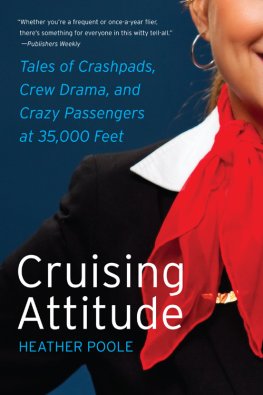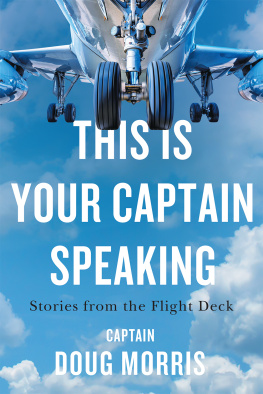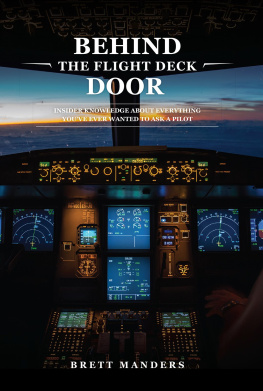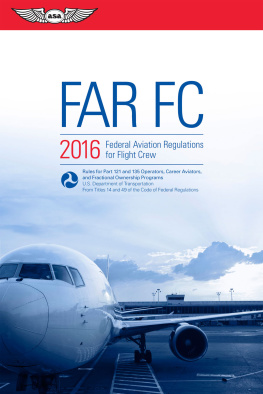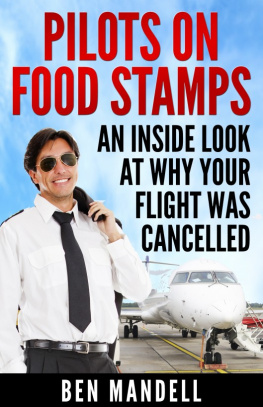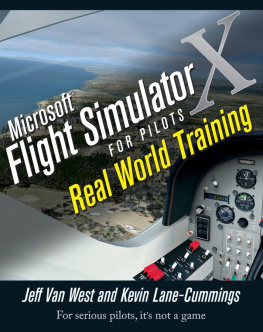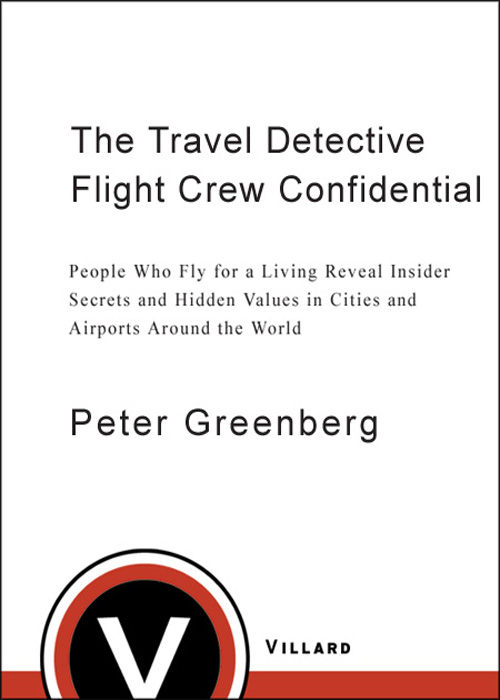
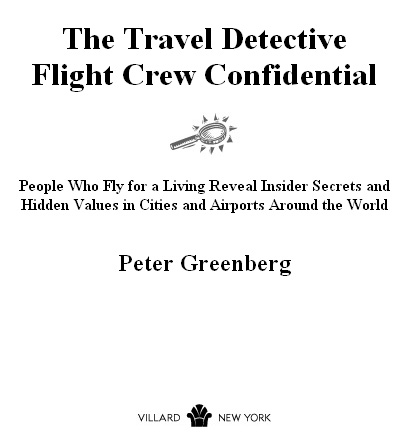
Contents
This book is dedicated to the stewards and stewardesses, to the pilots and pursers, to the flight attendants and cockpit crewsand to all of the people who remember the glory of air travel. There was a time when getting there really was half the funand this book celebrates the people who still make that possible, not just in the air but, most important, on the ground.
Acknowledgments
The people who helped me with this book are nothing less than air traffic controllers. Its one thing to want to talk to pilots and flight attendants. Its quite another to find them in any one place and at any one time. The biggest challenge is catching up with them long enough to essentially debrief them about their livesnot to mention get them to reveal some of their layover secrets.
My research team didnt sleep much, because with flight crews its always 7 A.M. somewhere in the world. The team networked contacts, interviewed crews, tracked down leads, and fact-checked all the information in this book.
In some cases, they went out to airports themselves and waited for certain flight crews to arrive after a long flight or got out to the airports or hotels at ridiculous hours to hook up with crews leaving for late-night or early-morning flights.
When it came to fact-checking, the same twenty-four-hour clock ruled. The team, led by my dedicated and talented research chief, Cheryl Chaney (who got no sleep at all), networked contacts, transcribed interviews, and did not depend on their computers spell-check function. They did the detail work the old-fashioned way: they worked the phones. My thanks to Emily Lunz, Penny Marston, Sonja Rab, and Erin Schelcher, who worked extremely long hours to get, organize, and verify the information in this book. Interns Erin Papworth, Ester Stokman, Susan Snyder, and Gail Strickland also were a big help.
Part of my team consisted of current or former flight crews, including Robin Bowens, a Chicago-based flight attendant for United who helped with domestic crews, and Barbara Hopewell (also from United), who interviewed some of the international crews when she wasnt working the flights herself to Auckland and Sydney. Then theres Liz Friedland, a former Pan Am supervisor whose most recent job was running Deltas Crown Room at La Guardia.
Finally, a big thanks to Aaron Kenedi, who batted in the bottom of the ninth inning with two outs and hit a home run, and to the indefatigable Amy Rennert, my agent, who went above and beyond, and essentially managed the home team. And, of course, to Bruce Tracy, my editor, who continues to believe, as I do, that its not the product but the process, not just the style but the substance.
It is an understatement to say that this book would not have been possible without these incredible people.
The Travel Detective
Flight Crew Confidential
Introduction
Layover A stop or stay in a place, esp. overnight; a halt, rest, delay. N. Amer.
I have been flying constantlysince I was an infant. How do I know this? It says so on the special certificate that hung on my bedroom wall, given to my parents after my first flight.
The document still hangs in my house, now in California:
At the age of five months and six days, Peter Greenberg became a member of the Sky Cradle Club... aboard the American Airlines flagship, flying from New York to Los Angeles.
My mother still has the photo of me, wrapped in an airline blanket, being carried by a flight attendant down the steps of the DC-6 at the old Los Angeles terminal.
So it is not an exaggeration when I tell you that Ive been in the capable handsliterallyof flight crews since a very early age.
They have helped me understand the process of travel, from both a passenger and an operational perspective. Air crews and airlines have allowed me, as a journalist, to train as a flight attendant, first with Continental in 1973 and later with United. Ive learned the process with airlines ranging from Singapore Airlines to Western Airlines to PSA to Qantas.
Ive trained in flight simulators with pilots from Western Airlines on Boeing 727s, and with Royal Jordanian on the old L-1011s. Ive jump-seated during the landing of a fully loaded 747 on the old runway 13 at Hong Kongs Kaitak Airport on Northwest Airlines, and flew the landing myself in the simulator and later with Cathay Pacific.
Ive logged, by a rough estimate, thirty million real air miles since. A few years ago, a friend at one airline even had special luggage tags made for me that say Flight Crew. Youre on the plane more than we are, she said by way of explanation.
But Im first and foremost a passenger. Last year, there were more than twenty-two million flights in the world. That translates into something like twenty-four thousand takeoffs and landings every day in the United States. In an average year, I log close to 450,000 miles. And for as long as I can remember, Ive had the utmost respect for the cockpit and cabin crews, who have a very tough job to dolately, tougher than most people imagine. Every time I board a flightmore than two hundred times last yearI place my trust in these people. We all do.
I also talk to the crew on virtually every flight I take. Thats how I learned so much about the process of travel, which I shared in the first Travel Detective book. Similarly, thats how I learned so much about the secrets of the great layover cities of the world in this edition.
In travel, the real bonus isnt getting a first-class seatthe ultimate upgrade is information. Thats where flight crews come in. They have the best, and the most updated, information on where to go, what to do, whom to speak to, and whom to ignore.
To be sure, this book is a celebration, not only of these people and their work in the air, but of their efficiency and practical use of time on the ground. Flight crews are a living, talking gold mine of information.
Flight crews are the real travel experts when it comes to individual cities. They fly to the same cities often four to five times a month, and have only about twenty-four hours on the ground before their return flight. As a result, who knows better where to find the best deals? The best service? The best prices? Whether its where to find a cheeseburger at three in the morning in Istanbul or an extra shoelace in So Paolo, flight crews know. Need a great massage in Phoenix? Ask the flight crew. How about skin care? Flight attendants are excellent sources because dehydration from the cabin air is something they fight on a daily basis.
Flight crews have saved me money and, perhaps most important, time. They have taught me that its not just getting a good deal that makes travel enjoyable, but the finesse with which you do so.
They no longer carry me wrapped in a blanket down the stairs after a flightbut they sure know where to find the best-quality blankets, not to mention everything else.
An important note: this book is, in its intention, design, and execution, incomplete. After all, there are 145,000 commercial pilots and 313,000 cabin crew members around the world. This book includes information from more than 300 of them, representing more than thirty different U.S. and world airlines. As you will discover, they provide excellent and detailed suggestions and practical tips.
And since those tips continue to evolve, I offer this to you: if youre a working pilot or flight attendant, Im open to hearing your city or airport secrets for the next edition of
Next page

